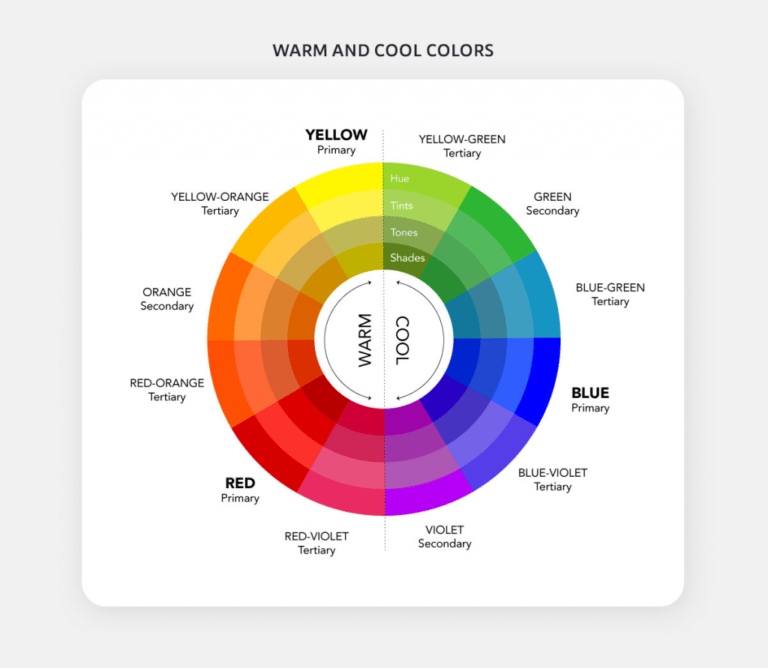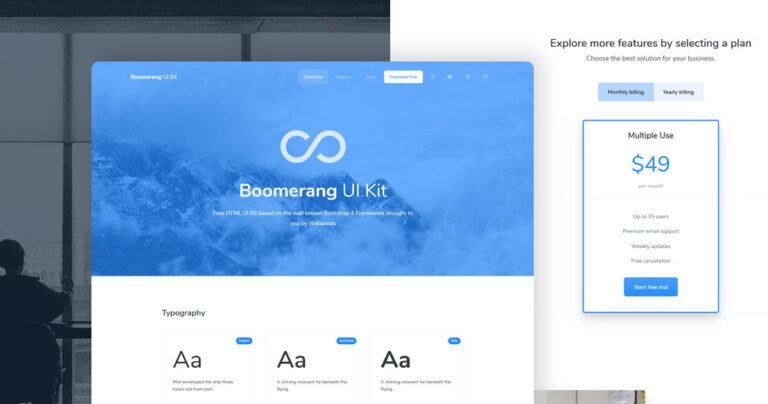As a small business owner, you’re always looking for ways to raise brand awareness and increase your sales. But scaling a business is hard in today’s competitive market.
If you’re the sole owner, it means you’re doing everything yourself, from updating your website to managing your social media campaigns.
But what if you could have publishers in your industry promote your business? How much of an impact would that have on your bottom line?
This is where affiliate marketing comes in — a type of performance-based strategy that you can leverage to generate more sales.
This article will take an in-depth look at what affiliate marketing is and how you can use this strategy to grow your small business.
What is Affiliate Marketing?
Table of Contents
Let’s cover the basics before we dive into specifics.
Affiliate marketing is when other people (or affiliates) promote your products or services. They earn commissions for sales they bring in, which gives them a strong incentive to continue promoting your company.
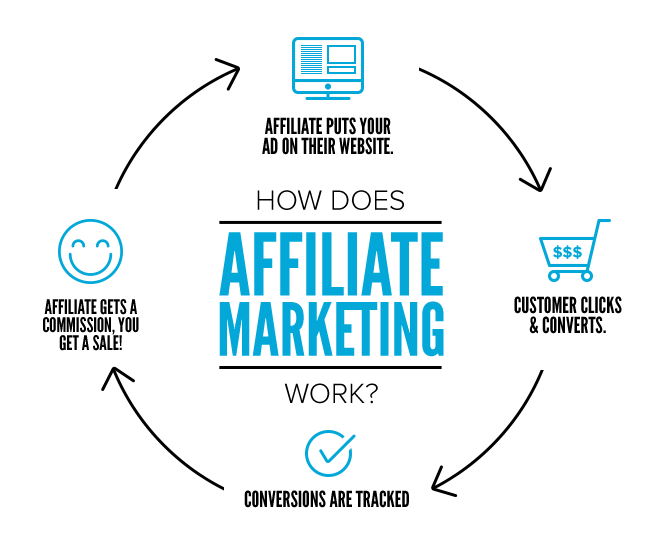

Affiliates are typically publishers and content creators — bloggers, social media influencers, YouTubers, etc. Anyone with an audience or community can become an affiliate for your small business.
Let’s look at an example to illustrate this further.
SimpleMoneyLyfe is a publisher that provides personal financial advice. The company regularly posts articles on topics like investing, making money, and credit repair.
In addition, it also helps its audience make informed decisions by writing in-depth reviews of various financial services.
Similarly, affiliate marketing allows you to develop relationships with publishers who can promote your products or services. Because you’re paying based on performance, it’s a cost-effective way to spread the word about your business.
Given these benefits, it’s not surprising that more companies are pouring money into their affiliate programs.
One good example of these affiliate programs is the JotForm Affiliate Program. The program offers a generous 30% commission from each sale and the attribution period is 60 days! JotForm is an online form builder but actually an all-around productivity tool. Many different verticals of businesses use it on a daily basis; eCommerce businesses, medical professionals, summer camps, educators, nonprofits can be listed as the tip of the iceberg.
You can easily apply for the program in 1-2 mins via their application form!
Affiliate programs of companies that have customers from many different industries are good for any affiliate marketer since one can promote it to their audience according to their niche. JotForm is paying the utmost attention to its program by constantly enhancing it and allocating more budget to its affiliate program.
In fact, affiliate marketing spending is projected to reach $8.2 billion by 2022.
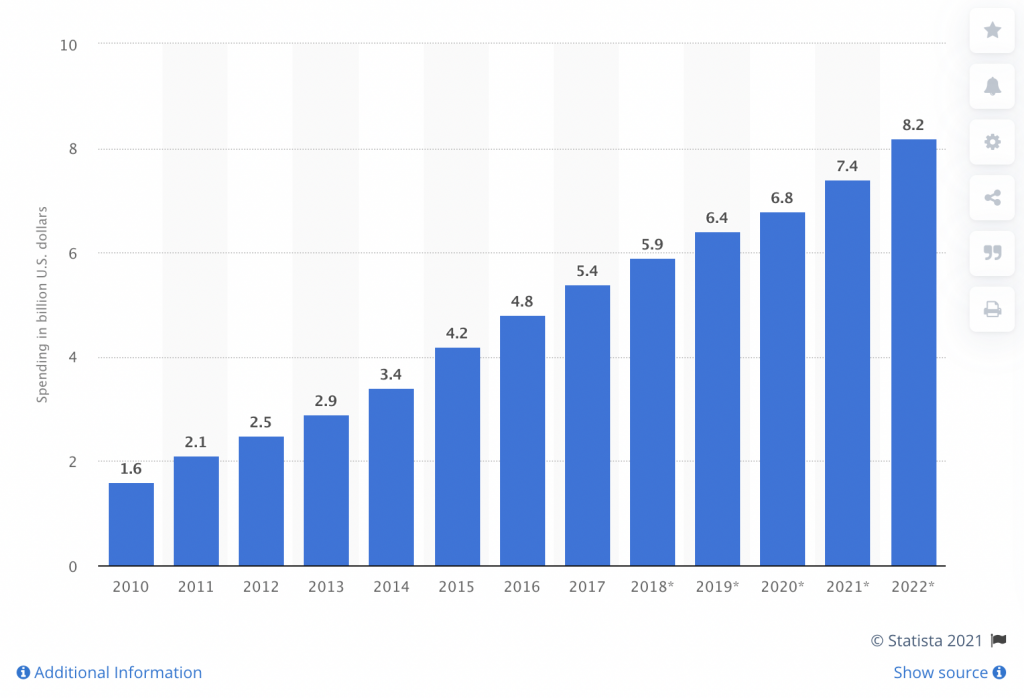

That figure will only continue to grow as more companies use this marketing strategy to increase sales.
Now let’s look at how you can use affiliate marketing to grow your business.
1. Decide Whether to Create an Affiliate Program
First, you’ll need an affiliate program to manage and pay your affiliate. There are two options to get started:
- Host your own affiliate program
- Join an affiliate network
Each has its advantages and disadvantages.
With a little technical know-how, you can create your own affiliate program. This allows you to manage your affiliates directly without having to pay any middleman fees. But unless you have a strong brand, you may have trouble attracting publishers.
You can also join an affiliate network. These are companies that act as intermediates between merchants and affiliates. These networks can drive more publishers to your program but have higher initial costs.
Which option you choose will depend on your budget and goals. You can always join an affiliate network and move your program in-house later (something that Amazon did with its Associate’s Program).
2. Build a Strong Commission Structure
Affiliates earn commissions on sales they bring to your company. But you’ll have a hard time getting publishers to promote your company with a weak commission structure.
How much should you offer affiliates? That depends on factors like your industry, profit margins, and the products you sell.
However, commission rates for physical products are typically between 5% and 15%. They also tend to be much higher for software products.
Here’s the commission structure that Amazon offers for its affiliate program:
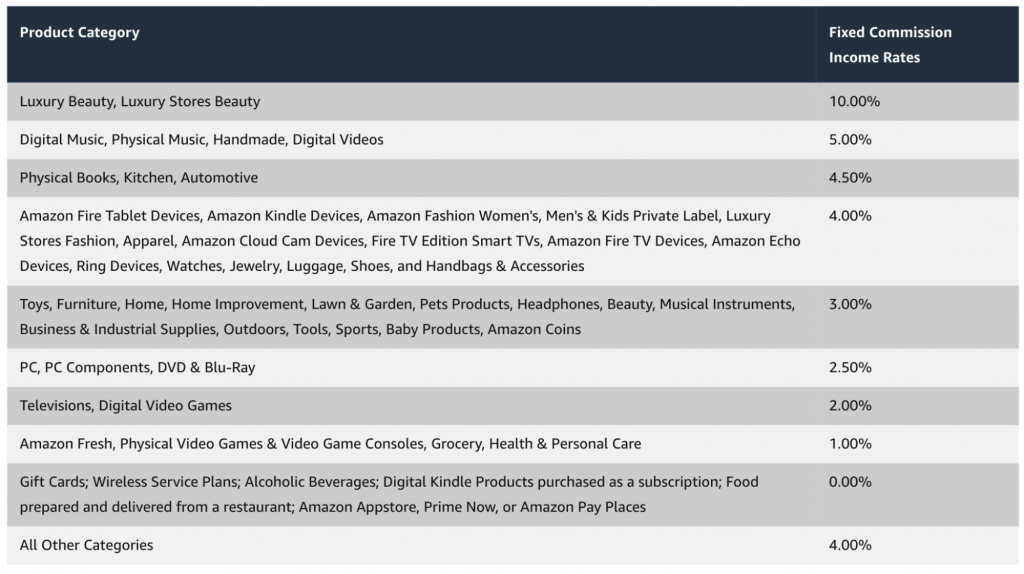

Offering a high commission rate can help you attract quality publishers. Of course, you still want to generate a profit for your efforts.
Think about your customer lifetime value (CLV) and factor in your cost of goods sold (COGS) to develop a solid commission structure.
3. Provide Marketing Creatives
Publishers can add affiliate links to their content to track clicks and earnings. But to drive more traffic to your product pages and raise brand awareness, you’ll want to provide creatives.
Creatives are promotional materials that affiliates can add to their site (or online platform) to promote your business.
Examples include:
- Product images
- Banner ads
- Videos
- Pre-written copy
- Email templates
- Landing pages
- Widgets
- Reports
Create different kinds of marketing assets and make sure they have clear branding. Add them to your affiliate resource center, so publishers can quickly download the ones they need.
4. Increase Your Conversion Rates
Publishers are already doing a lot of the heavy lifting by driving traffic to your site. It’s your job to make sure your product pages are optimized for conversions.
For example, if your affiliate program pays for new leads, make sure to include signup forms on your landing pages. This will help you bring in more leads (and make your affiliates happy).
This page promoting the best PEO companies adds a form to its landing page to get visitors to fill in their contact details.
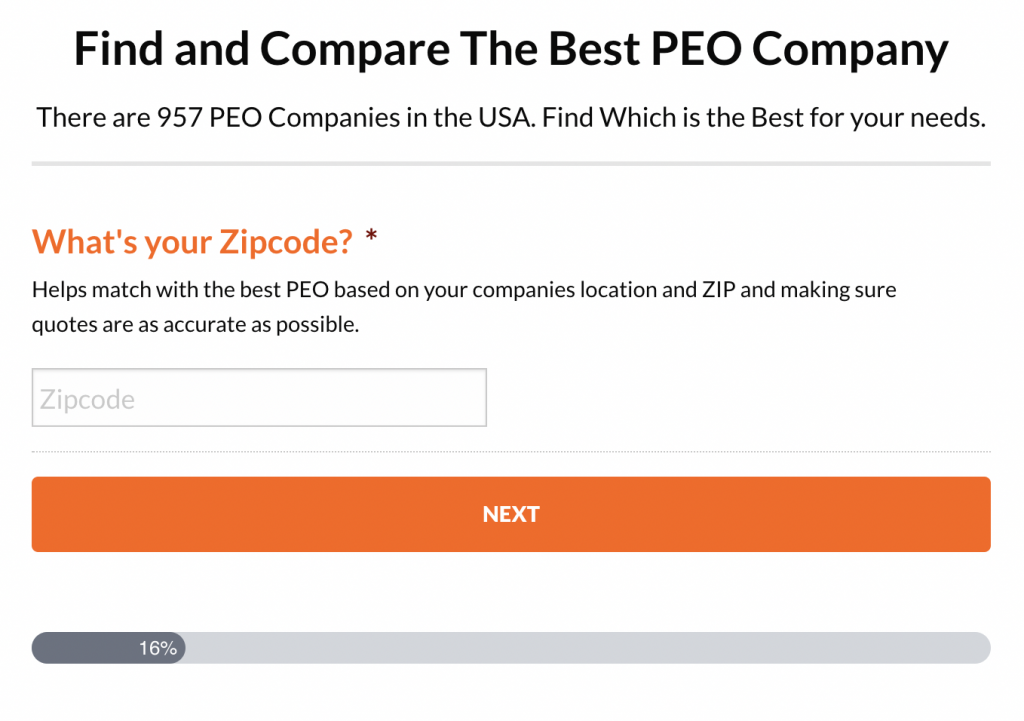

The form also has contrasting colors, which helps it stand out from other elements on the page. Experiment with your product pages and consider running A/B tests to improve your conversion rates.
5. Reach Out to Publishers
Attracting affiliates can be challenging in the beginning. To gain more traction, take a more proactive approach and reach out directly to publishers.
Here are a few places to start:
- Bloggers: Reach out to bloggers in your industry. If they’re promoting products similar to yours, there’s a good chance they’ll promote your products or services too.
- Influencers: Partnering with social media influencers is an effective strategy to attract quality publishers. You can pay per post or offer commissions on sales they make.
- YouTubers: More people are watching videos to inform their purchases. Working with a popular YouTuber can help you drive more sales.
6. Work With Coupon Sites
Leveraging coupon sites can be a great way to attract new customers. These types of sites help consumers find deals online by organizing coupons from different brands.
You provide a promo code, and a coupon site adds it under a relevant category. Anyone searching for a deal can save on their purchase, and the coupon site earns a commission.
Even offering a small discount like 10% off for a limited time can be incredibly effective at bringing in more first-time purchases. Just be sure that you’re not undercutting yourself and losing money.
Final Thoughts
There’s no shortage of marketing strategies you can use to grow your small business.
But one of the most effective is affiliate marketing. Partnering with publishers in your industry can drive targeted traffic to your site and generate more sales for your small business.
Follow the tips as detailed here to get started. These include creating an affiliate program or joining an affiliate network, providing marketing creatives, and reaching out directly to publishers for partnerships.


